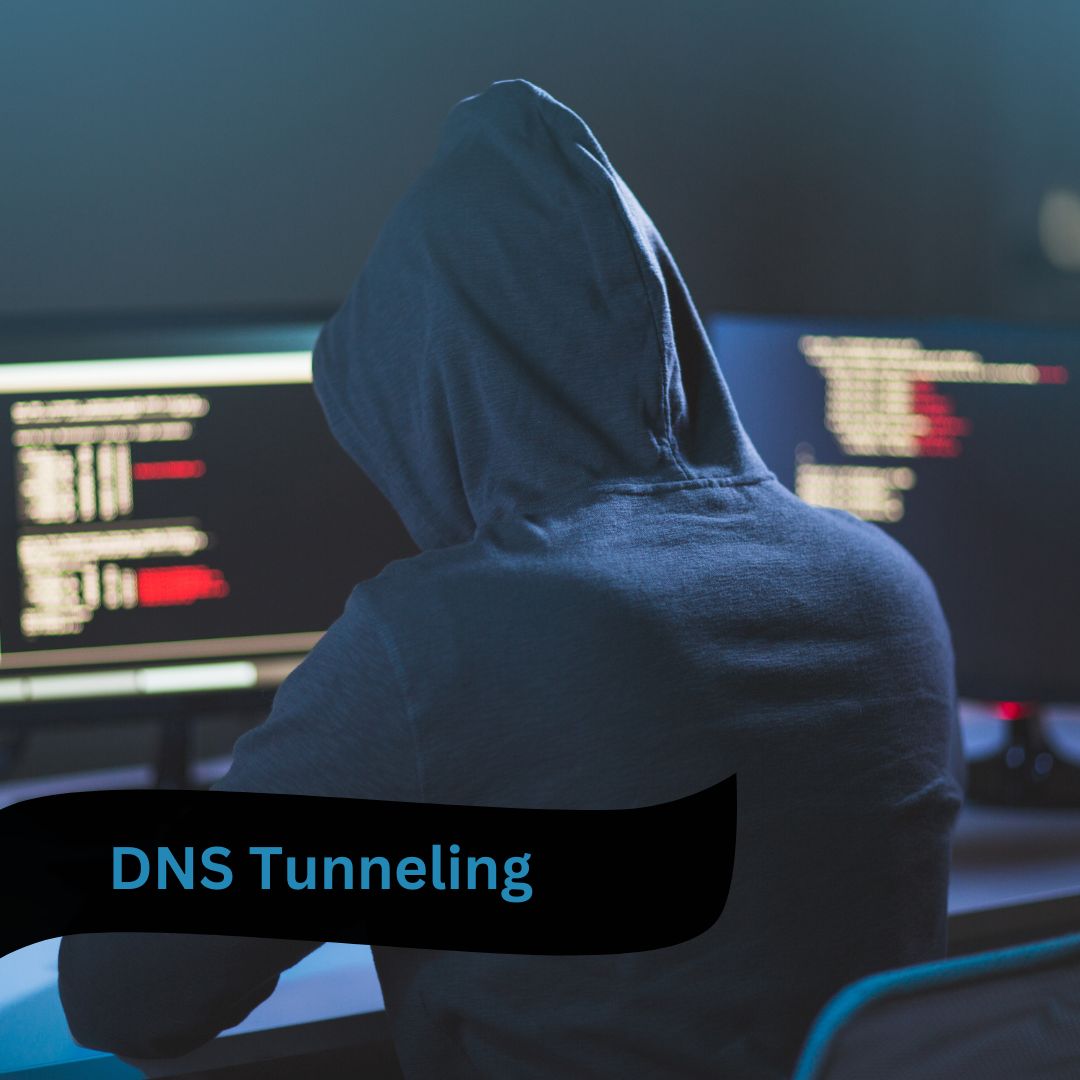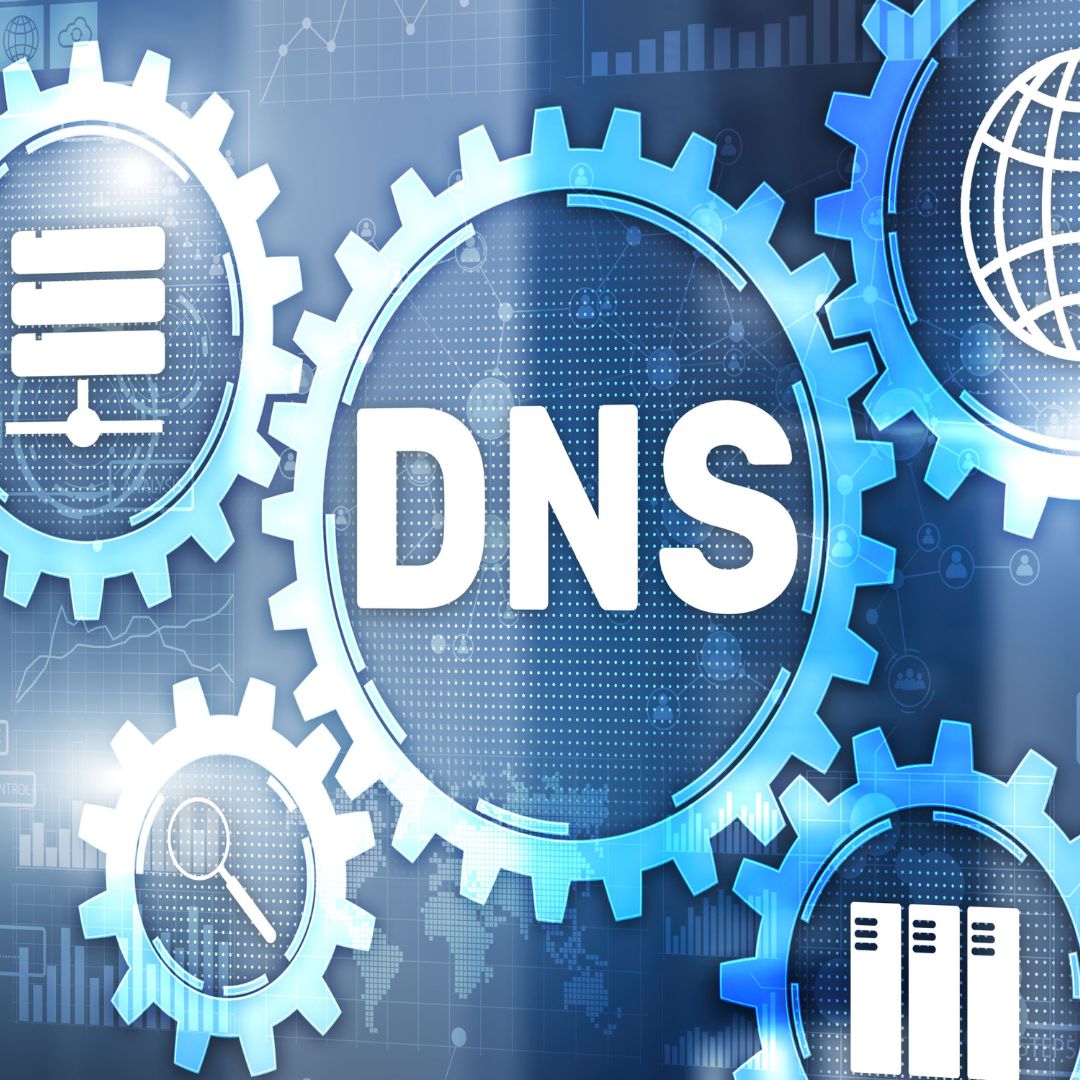
The Secret World of DNS Tunneling: Understanding the Risks
Cybersecurity is an ever-evolving landscape, attackers are constantly refining their methods to infiltrate networks and compromise data. One particularly crafty technique that has emerged is DNS tunneling. DNS tunneling is a method of manipulating DNS traffic to bypass traditional security measures. This blog takes a look into the depths of DNS tunneling, revealing how it’s used, its impacts, recent notable attacks, and what you can do to protect your organisation.
Beyond Command and Control: The New Face of DNS Tunneling
Historically, DNS tunneling has been equal with command-and-control (C2) operations, where attackers use outbound DNS traffic to exfiltrate data from compromised systems back to their command centers. However, recent research has shown that the scope of DNS tunneling has expanded significantly. Attackers are now using it not just for C2, but also to track user behaviors and scan network infrastructures for vulnerabilities.
Understanding DNS Tunneling
DNS tunneling involves embedding malicious data within DNS queries and responses, creating a covert channel that can bypass firewalls and other security measures. This technique leverages the ubiquity of DNS traffic and the tendency for UDP port 53, used for DNS queries, to be allowed through most firewalls.
Here’s how it typically works:
- Covert Channel Creation: Attackers encode data within DNS queries and responses, masking it as legitimate traffic.
- Bypassing Firewalls: Since DNS traffic is generally trusted, it can slip past firewalls without raising suspicion.
- Command and Control: The encoded data can include instructions for malware on the infected system, creating a C2 channel.


Real-World Examples: TRkCdn and SpamTracker
Recent campaigns have illustrated the diverse applications of DNS tunneling:
- TRkCdn Campaign: This attack targeted over 700 victims, embedding user interaction data within DNS subdomains. This method allowed attackers to track how users interacted with phishing emails and other malicious content. By analysing the patterns of these interactions, attackers could tailor their strategies to maximize impact.
- SpamTracker Campaign: Similar to TRkCdn, this campaign used DNS tunneling to monitor spam delivery and user interactions. It involved fake emails offering everything from fortune-telling services to false job offers, all designed to gather data on the recipients. The campaign used 44 tunneling domains and aimed to understand how effective their phishing tactics were.
- The SecShow Campaign: DNS Tunneling for Network Scanning A more advanced application of DNS tunneling was observed in the SecShow campaign, which used DNS queries to scan network infrastructures. Attackers encoded IP addresses and timestamps in the queries to identify open resolvers and exploit their vulnerabilities. This approach not only facilitated data collection but also set the stage for more complex attacks, such as reflection attacks and denial-of-service (DoS) attacks.

Recent Cyberattacks Involving DNS Tunneling
- SolarWinds Attack (2020-2021): The infamous SolarWinds attack involved the use of DNS tunneling for data exfiltration. Attackers inserted malicious code into the SolarWinds Orion software, which was then distributed to thousands of clients. This malware communicated with C2 servers using DNS tunneling, allowing attackers to steal sensitive information undetected for months. This breach impacted numerous high-profile organisations, including several U.S. government agencies.
- APT29 (Cozy Bear) Campaign (2021): The Russian APT group Cozy Bear was linked to a series of attacks targeting Western governments and organisations. They used DNS tunneling to establish stealthy communication channels with infected systems, making it difficult for security teams to detect their presence and activities. This group is known for its sophisticated cyber espionage tactics and ability to remain hidden within networks for extended periods.
- Cisco Umbrella Incident (2021): Attackers exploited DNS tunneling to circumvent Cisco’s Umbrella security service. By embedding data within DNS queries, they managed to exfiltrate sensitive information from compromised networks while evading traditional security measures. This incident highlighted the challenges in detecting DNS tunneling even with advanced security solutions in place.
Mitigating DNS Tunneling Threats
Protecting against DNS tunneling requires a flexible approach:
- Robust DNS Monitoring: Regularly monitor DNS traffic for irregularities. Unusual query patterns or unexpected subdomain usage can be indicators of tunneling activity. Implementing real-time monitoring and analytics can help in early detection and response.
- Controlled Resolver Access: Limit the range of queries your DNS resolvers accept and ensure they are up-to-date to prevent exploitation of known vulnerabilities. This includes configuring resolvers to handle only necessary queries and blocking potentially harmful ones.
- Zero Trust Architecture: Implement a Zero Trust framework to minimise lateral movement within your network. This architecture ensures that even if DNS tunneling is used, the damage remains contained. By segmenting networks and applying strict access controls, organisations can limit the potential impact of a breach.
- Protective DNS Solutions: Employ DNS encryption tools and other protective measures to secure your DNS traffic. These solutions can help identify and block suspicious activities, reducing the risk of successful DNS tunneling attempts.
- Behavioral Analysis: Establish baselines for normal DNS traffic and monitor for changes. Look for signs such as excessive requests to a single domain or unusual query lengths. Analysing historical data can provide insights into normal vs. abnormal traffic patterns, aiding in the detection of malicious activity.
- Regular Software Updates and Patching: Ensure that all DNS servers and related software are regularly updated and patched to protect against known vulnerabilities. Attackers often exploit outdated software, so maintaining current versions is crucial for security.
- Security Awareness Training: Educate employees about the risks associated with phishing and other social engineering tactics. By raising awareness and promoting best practices, organisations can reduce the likelihood of successful attacks that leverage DNS tunneling.
Conclusion: Strengthening Your DNS Defences
DNS tunneling represents a sophisticated threat that exploits one of the foundational protocols of the internet. By understanding how these attacks work and implementing comprehensive security measures, organisations can protect themselves against this covert method of attack.
At Enterprise Defence, we are committed to helping you navigate the complexities of cybersecurity. Our advanced solutions and expert guidance ensure that your DNS infrastructure is protected against the latest threats.

